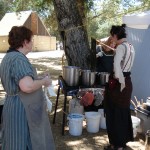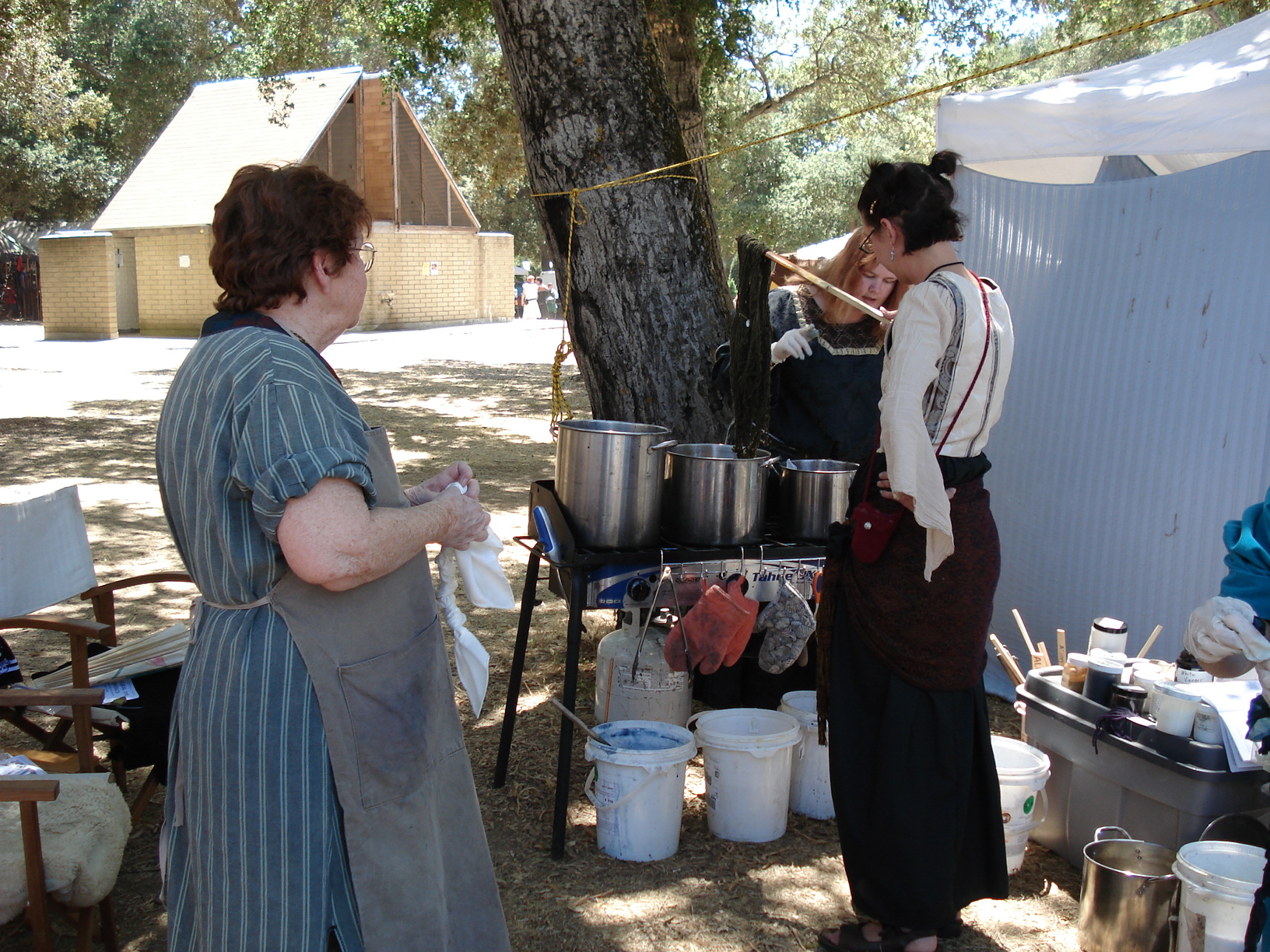As you’re checking out the dyes in our shop, you might have some questions! Here’s some general information about dyes in our catalog.
 BEST ON…: In product descriptions, a specific fiber may be listed as the best to use with certain dyes. However, most natural dyes work well on all natural fibers. Natural dyes do not work well on man-made fibers.
BEST ON…: In product descriptions, a specific fiber may be listed as the best to use with certain dyes. However, most natural dyes work well on all natural fibers. Natural dyes do not work well on man-made fibers.
FIBER: This is a generic word to indicate anything made of fiber as well as the raw product. This includes raw fleece, bast fibers (linen, raimie), yarns and threads, as well as textiles. Natural dyes react differently on protein fibers (wool, silk) than on cellulose fibers (cotton, linen, hemp, ramie). You may even get a wide variation of color between wool and silk.
COUNTRY of ORIGIN: The country listed in brackets [Peru, etc] at the end of a dye description indicates where we obtain our dyestuff, not necessarily where it was first grown or used.
COLOR NOTE: Dyestuff color descriptions are only approximate; differences in water pH as well as many other uncontrollable factors determine your final color results. Color photos will look different on various computer monitors, so again the color you may see is only approximately the real color of the dyed fiber.
SHELF-LIFE: Nature dyes in natural or powdered state will last several years; if in doubt, double amount ordinarily used. When dyes change color in the container, it’s time to use up or dispose of them. Dyewood lasts for years if kept dry. Indigo crystals have a finite lifetime, even if kept in a lidded jar, but are too pretty to stay on the shelf, anyway.
OXIDISING WOOD: Dyewood is a dense dyestuff but will give up beautiful color if coaxed. To get all dyewood color possible, mix 1 cup alcohol with 1-2 drops dishwashing liquid and stir in 2 oz dyewood. Make sure all the wood is wet but not soaking. Spread on baking sheet and let stand at least 3 hours to overnight. Wood may be used immediately or stored for later use. When ready to dye, dyewood should be soaked at least overnight to release the dye; longer soaking is even better. For better color, add a ‘glug’ of vinegar to the dyepot.
Dyewoods Warning: Many woods can cause contact dermatitis if handled without gloves. Sawdust can cause allergic reactions if inhaled as it contains microscopic splinters, so wear dust mask and safety goggles. Keep powdered dyewoods away from children and pets.
Hint: Most woody material gives color. Some light woods give surprisingly good color. Ask woodworkers to save shavings and sawdust, every chip. Keep wood separate and labeled.
DYE EXTRACTS: These finely powdered colors are genuine natural dyes that have been concentrated by a special process. Extracts are 2 to 8 times stronger than regular natural dyes. Extracts create instant dyes of rich natural colors on all natural fibers, especially on protein fibers (silk and wool). These dyes can be used for immersion dyeing or hand-painting on fabric, leather, paper, wood or bone, and are especially beautiful for period manuscripts and scrolls. Extracts are more expensive but much less dye is needed to get beautiful color results! Dye extracts can be mixed with each other or with earth oxides to create even more hues.
BOTANICAL DYES: Throughout the ages, wild-crafted herbs, flowers, and weeds were used as dyes and often augmented or substituted for expensive imported dyes. Fresh plants give different colors than dried, so try them in your dyeing as well, but please collect responsibly. Some plants are protected. Also, we have no control over handling of herbs, so we strongly suggest that items in our catalog should NOT be ingested.
SUPPLY & DEMAND: The ancient dye trade was always plagued by taxes, bandits, political borders, territorial disputes, and blockaded shipments that hampered free enterprise. Bad weather limited the amount and quality of natural dye, raised prices, and made regular delivery uncertain. Traders, their agents and other suppliers had their own ideas of doing business, so might or might not deliver as promised, or even have the same quality merchandise when it is reordered. It seems the world hasn’t changed all that much, because all of those factors still control a continuing supply of quality dyestuffs and other items. When you hear of a flood or hurricane (or both) in Central America, it can mean that some of our dyewood suppliers are temporarily out of business; when there is yet another hostile outbreak that means trivial things like dyes will not make it across borders. So please understand when circumstances beyond our control create havoc with our catalog listings, pricing and shipping.
